Why peat should be banned: Peat free compost alternatives
 Lee Burkhill: Award Winning Designer & BBC 1's Garden Rescue Presenters Official Blog
Lee Burkhill: Award Winning Designer & BBC 1's Garden Rescue Presenters Official Blog

Ethical gardeners, like the Garden Ninja community, do as little harm as possible to the environment and, hopefully, make things better as we work with Mother Nature. However, during our gardening practices, we often have to buy things to help us grow, particularly compost for planting seedlings, growing vegetables or container gardening.
But did you know that by using peat compost collected from peat bogs and marshlands we are destroying the environment, the very thing we are trying to prevent?
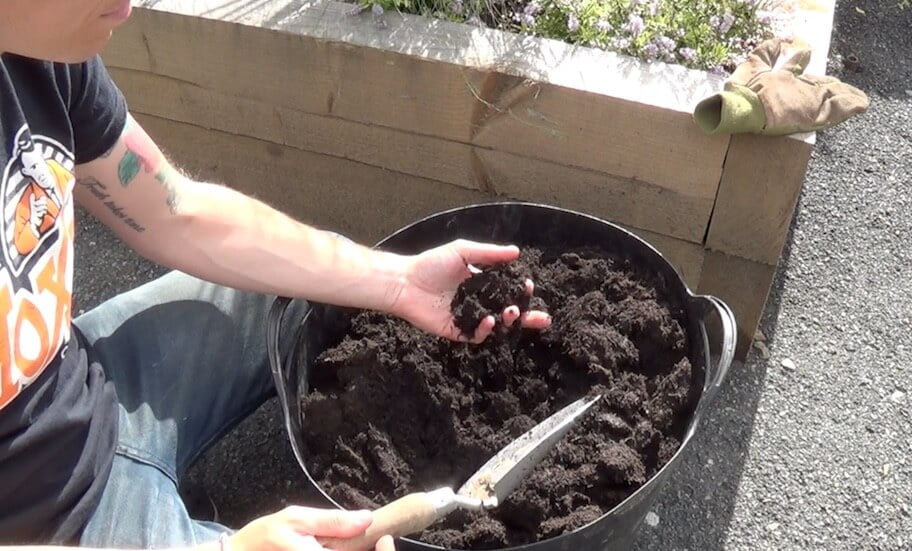
In this blog, we aim to explore the environmental impact of peat usage and why it's crucial to phase out its use in gardening practices.
This page contains affiliate links for products I use and love. If you take action (i.e. subscribe, make a purchase) after clicking a link, I may earn some gardening commission which helps me keep the Garden Ninja Blog free for all.
Peat is a natural material formed from the gradual decomposition of plant matter in waterlogged conditions over thousands of years. It's made by compression and the natural breakdown of organic matter, which then leads to a lightweight yet incredibly nutrition-rich, spongy, dark, crumbly material—usually known as 'Multipurpose compost'.
Due to its ability to retain moisture and provide a stable structure for roots, peat has been a popular component in commercial potting mixes and soil conditioners.
Peat is formed naturally over thousands of years in waterlogged, acidic, and anaerobic (oxygen-deprived) conditions. The process of creating peat starts with the accumulation and partial decay of dead plant material, such as mosses, grasses, and other vegetation in waterlogged environments like bogs, fens, and marshes.
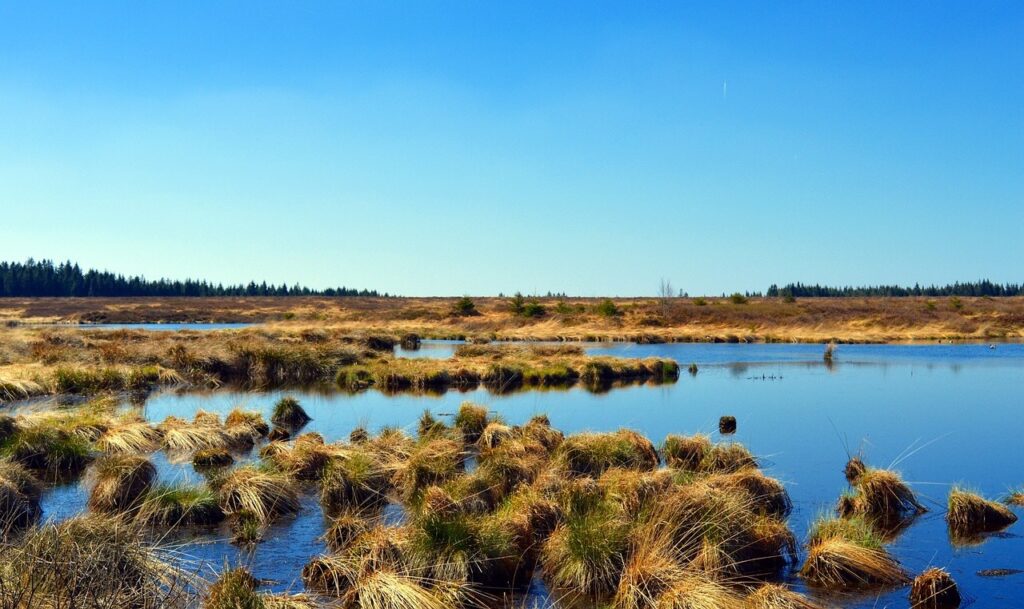
The creation and formation of peat takes thousands of years. This is why it is not sustainable to use peat in our gardens, as there is no quick way to replenish it. Peat is formed over three distinct stages, each of which can take hundreds, if not thousands, of years to occur and can't be sped up or created in a factory. Meaning we rely on nature alone to create peat, so once it's gone, we can't just replace it.
In wet, acidic, and low-oxygen conditions, dead plant matter accumulates in layers, often in peatlands or wetlands. Mosses, sedges, grasses, and other vegetation slowly decompose in the absence of oxygen. This plant matter is a mix of herbaceous and woody material that starts to break down. Herbaceous plants that grow back each year are the majority share of peat as they die back each winter.
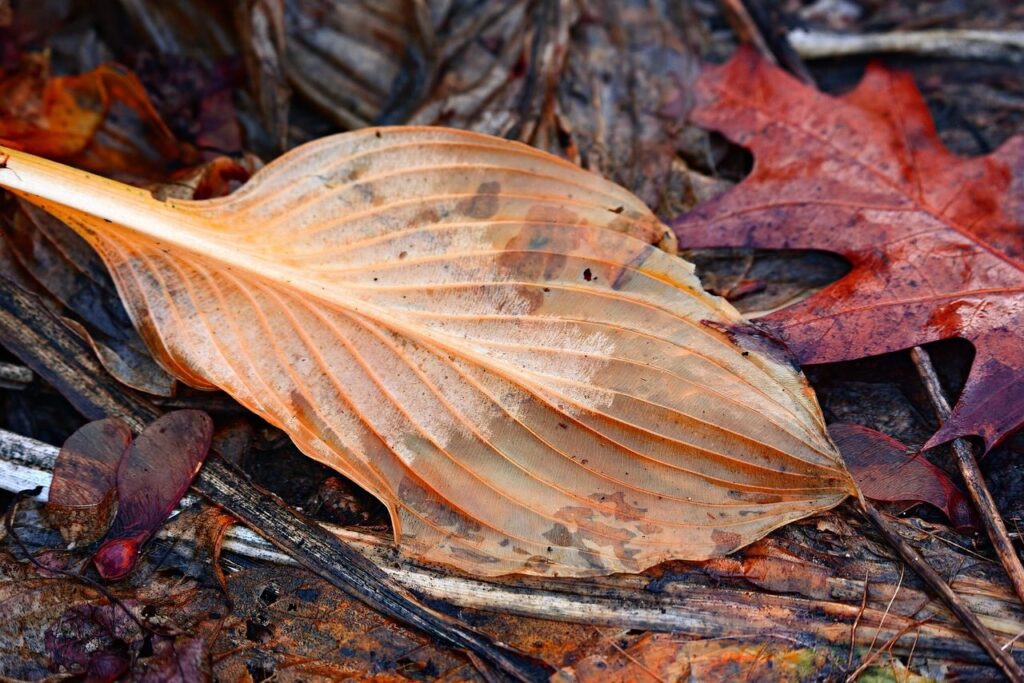
As the dead plants decompose, their organic matter breaks down at a much slower rate due to the anaerobic conditions. The peat layers trap and hold onto water, a vital element in the peat creation process, and one of the most damaging issues when we harvest peat is that the water the peat leaves behind can lead to flooding. After all, these marshlands can hold onto huge volumes of water, which in turn sustain their own ecosystems for birds, insects, amphibians and mammals. When peat is extracted it destroys this environment.
Over thousands of years, layer upon layer of partially decomposed organic material accumulates, compressing and slowly transforming into peat. A bit like layers of an onion these peat bogs have taken thousands of years to naturally occur. This leads to the formation of peat, a dark, fibrous material that's high in nutrients and moisture retentive. The picture below shows blocks of peat that have been 'harvested' and lifted, ready to be bagged up and sold as 'multipurpose compost'.
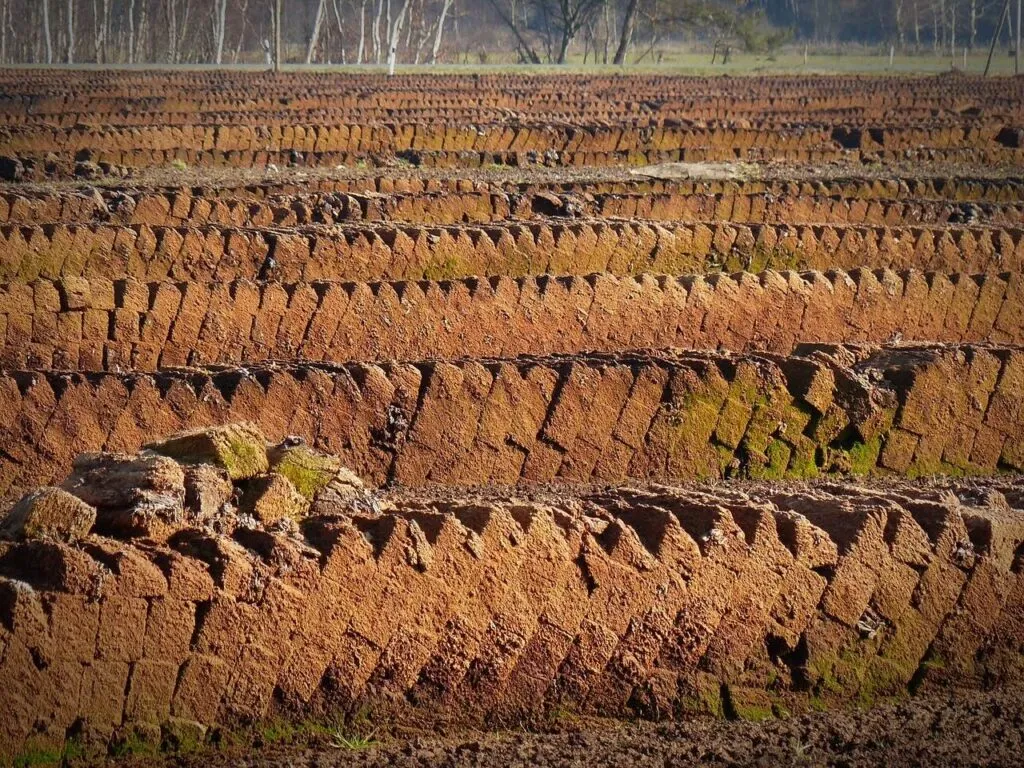
Did you know that you can take my course and learn how to become a Garden Ninja yourself? Click here for details
Peat is a natural wonder material when it comes to growing plants in our gardens as it contains huge amounts of nitrogen and readily available nutrients, which act as a slow-release plant feed. Peat has a light yet moisture-retentive quality, which means it's slow to dry out and can hold huge amounts of water.
Naturally, this has led it to become the go-to material for garden compost, plant feed and container gardening. This is because peat compost feeds and provides moisture for plants with ease over a long period of time. Why wouldn't a gardener want a compost that results in less work for them in terms of feeding plants or watering them?
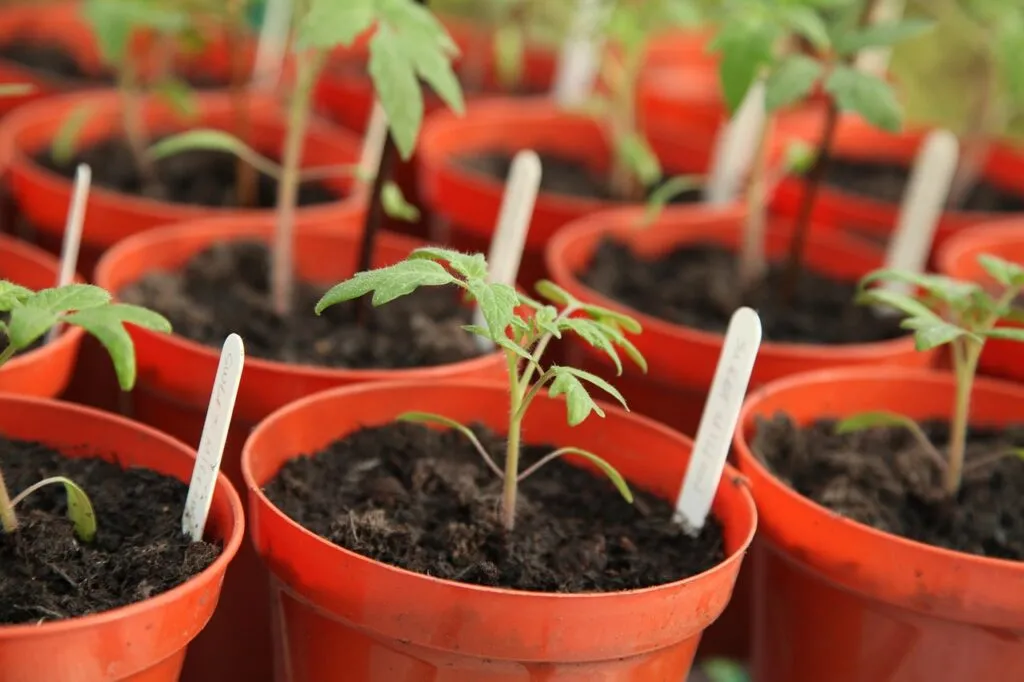
Peat has been a common growing media in gardening and commercial horticulture for several reasons:
Peat is used to improve soil structure and texture. Its fibrous nature helps aerate the soil and improve water retention, making it ideal for amending heavy clay soils or improving sandy soils. It can help add both air and moisture to otherwise tricky soil types.
Peat has excellent water retention properties. When mixed into soil, it helps maintain adequate moisture levels for plants, reducing the need for frequent watering. This is why peat compost makes an excellent seedling compost. Ensuring that we conserve water when gardening is another essential ethical consideration. This is why water capture with rain butts or watering wisely is always promoted by ethical gardeners.
Peat is acidic and can help lower the pH level of soil, making it suitable for acid-loving plants like azaleas, rhododendrons, and blueberries. It can be used to help balance out heavily alkaline or chalky soil types so that the gardener can grow a wider variety of plants. However, I would argue that you should always grow plants that suit your soil rather than trying to change your soil type, allowing you to work with Mother Nature rather than fight against her!
It's a common ingredient in seed-starting mixes and commercial potting soils due to its ability to provide a light, well-draining medium for seed germination and plant growth. Air and warmth are two vital components for growing plants from seed which is something peat offers. Do make sure you check out my 'How to grow from Seed' guide, which is one of the best ways to improve your gardening skills.
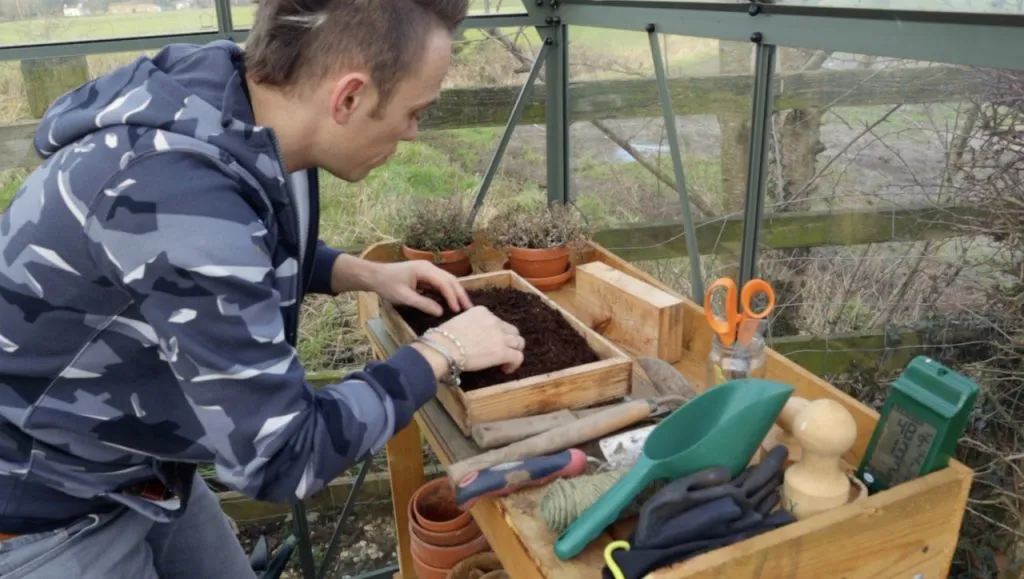
Its stable structure and lightweight properties provide a suitable medium for container gardening, allowing easy handling of pots and containers. It doesn't break down as quickly as peat-free composts, so it lasts longer.
Although peat is a fabulous natural material to grow plants in, the time it takes to create (thousands of years) and the destruction caused by extracting peat makes it completely unsustainable environmentally. Even with the benefits of peat above, such as moisture retention and nutrient levels, the huge negative impact on the ecosystem always outweighs the small benefits of peat use in residential gardens.
Let's take a closer look at the other factors that confirm why we need to move away from using peat for plant growth.
Harvesting peat involves draining and digging up wetland ecosystems. This extraction process disrupts fragile environments, destroying habitats for rare and unique species. This destroys the ecosystems that have lived there for, you guessed it, thousands of years. These insects, mammals, birds and amphibians often have no other habitat to retreat to.
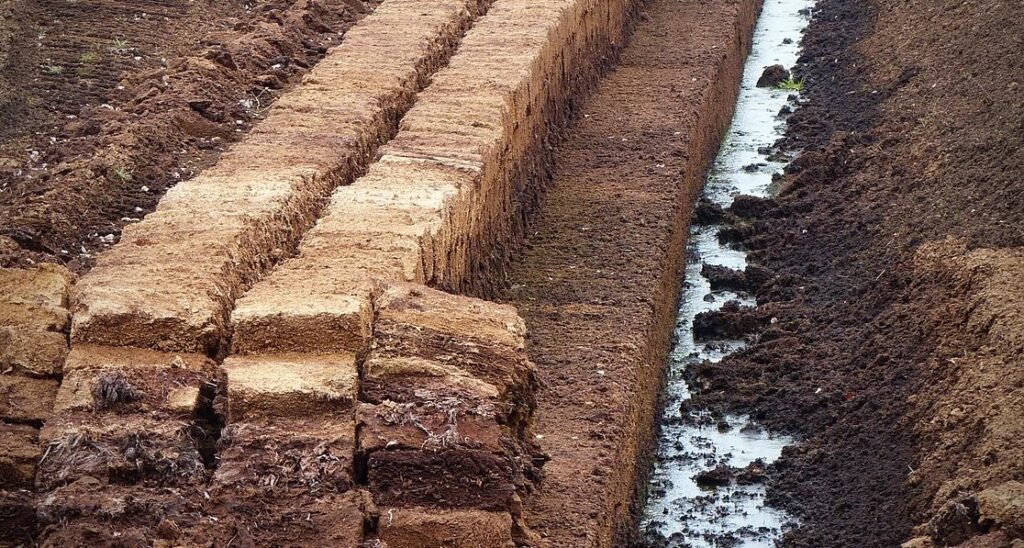
Peat harvesting and processing release large amounts of carbon dioxide into the atmosphere. This contributes significantly to greenhouse gas emissions and exacerbates climate change. Peat bogs are a huge carbon sink. Imagine all of that carbon-rich material being trapped in water as it slowly decomposes. When we extract peat, we're unleashing thousands of years of carbon into our gardens and the wider environment at a rapid rate.
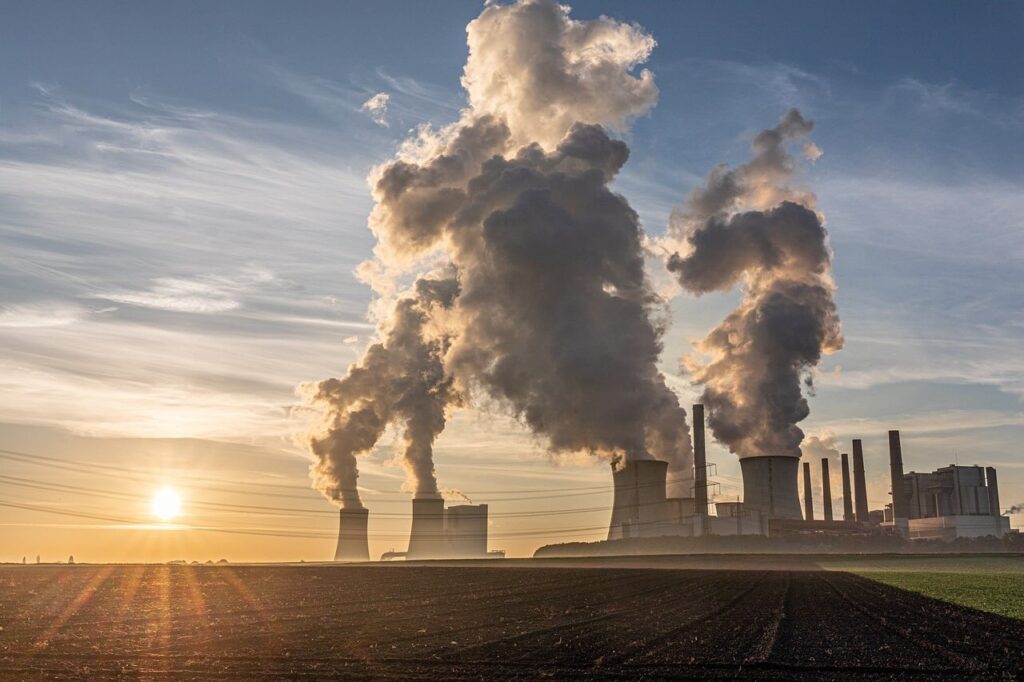
Undisturbed peatlands serve as essential carbon sinks, storing carbon and helping combat climate change by preventing carbon from being released into the atmosphere. However, harvesting peat disrupts this role, releasing stored carbon into the sky which leads to the greenhouse effect and increased heating of the planet. No amount of growing in our gardens can counteract the carbon released in peat harvesting.
Intact peatlands naturally regulate water, reducing flood risks as they act as a huge sponge to prevent water from simply overwhelming rivers and waterways. When these areas are disturbed, there's an increased risk of flooding, as well as a loss of water storage capacity.
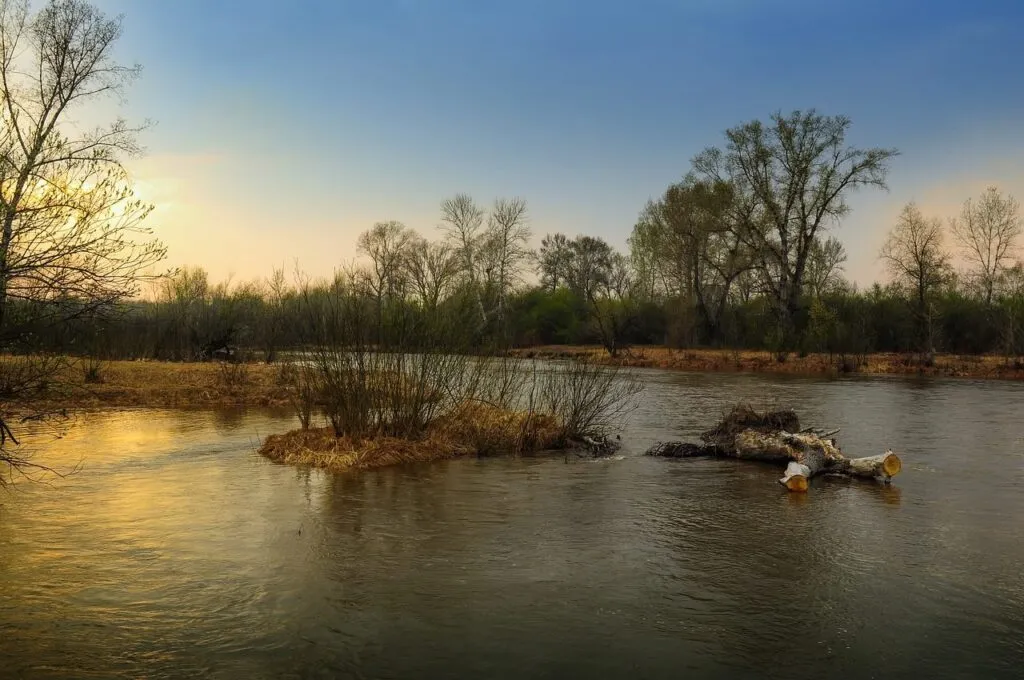
I've been gardening without peat now for over seven years and have tried pretty much all peat-free alternatives out there. The peat-free gardening movement has been growing over the past 30 years, and there really are some fantastic alternatives out there, especially if you know how to tweak them to overcome some of the shortfalls or for your specific gardening needs.
It's worth bearing in mind that one of the biggest problems with peat-free compost at the moment is the huge companies that have sold peat (and still do) jumping on the bandwagon of creating really poor or lacklustre peat-free alternatives that are pretty much useless. This means consumer confidence falls and we return to using peat.
Even worse, I've seen some peat-free composts that actually have synthetic slow-release fertilizers mixed in with them, meaning they certainly can't be certified as organic. Scandalous, I know!
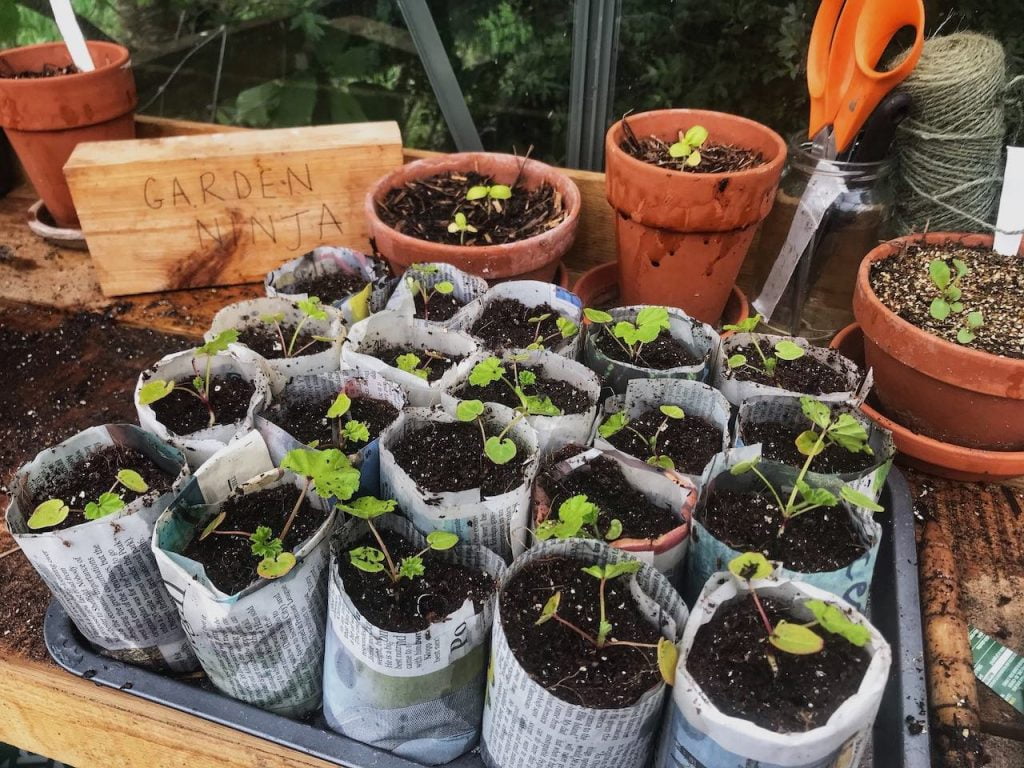
I'm going to share with you the very best and the worst peat-free composts. So you can make an informed decision Ninjas. I've given the top peat-free composts a score out of ten for their moisture retentivity and nutritional value.
First up is good old-fashioned homemade compost. Nothing can beat making your own compost at home. The average time for making your own 'organic' peat-free compost is anywhere between 3 and 12 months, depending on the method you use. Hot methods, such as large-scale composting or tumbling composters that you turn, can yield homemade compost in 3-6 months. Cold composting methods, small-scale and non-turnable, usually take around a year to make.
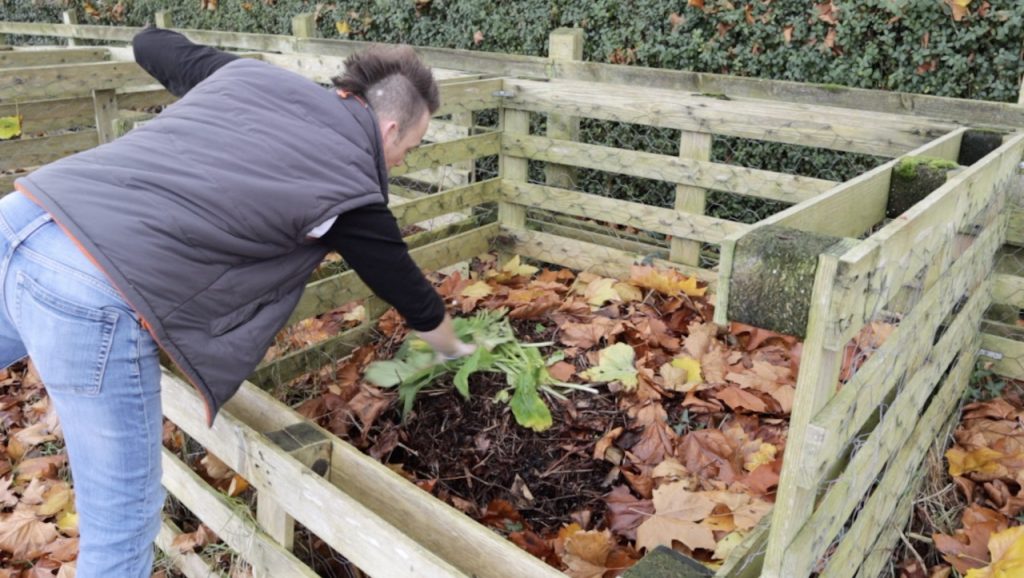
I also appreciate that this will take a new gardener at least one season to achieve but it is worthwhile always factoring into any garden design a space to compost your garden waste. By creating your own homemade compost, you pretty much cut your garden's carbon footprint and air miles down to a minimum. This is what is sometimes called 'closed loop' gardening to reduce the amount of outside influence by shipping things into the garden or letting things leave the garden. The loop can also be thought of as the recycling symbol which is a loop.
Wool and bracken compost (usually blended) is what I consider to be the best alternative to peat compost. It has the closest consistency, nutritional value and moisture retentivity to peat and provides some fantastic results when growing in the garden.
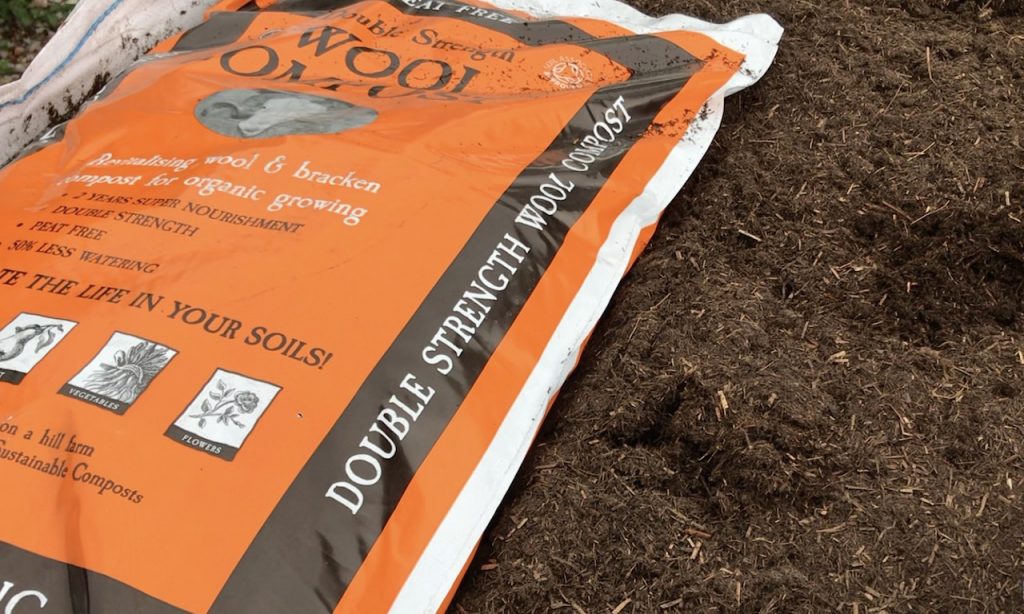
Wool and bracken compost, like Dalefoots, offers a lightweight, slow-release compost for both seedlings and general use in the garden. The benefit of the bracken is that it sequesters carbon and locks it into the soil as it's super slow to break down, similar to all those thousands of years of peat creation. Bracken is also readily available and is a super fast-growing plant. This means that when we crop it for compost, it grows back the next year rather than in a thousand years' time!
The one thing to consider with wool-based compost is that it can easily become waterlogged if you're not careful. It retains water at a higher level than peat compost. It's not so bad if you're a slightly lazy gardener, though! Wool-based compost, often referred to as the 'clay buster' as it adds air and helps open up soil easily when used as a mulch, is fantastic for breaking up clay soil as well.
I first tried New Horizon peat free compost about four years ago, and I must admit I was pretty sceptical. Mainly because, at the time, I couldn't find out exactly what their proportiety BIO3 special formula was. I now know it's wood fibre and green waste: a special blend they have created and one of the first major peat-free composts on the market. Created by Westland, it's a great peat-free compost for 80% of all your gardening needs. This peat-free compost has a medium amount of feed, not as rich as peat, but will happily get your seedlings off to a flying start.
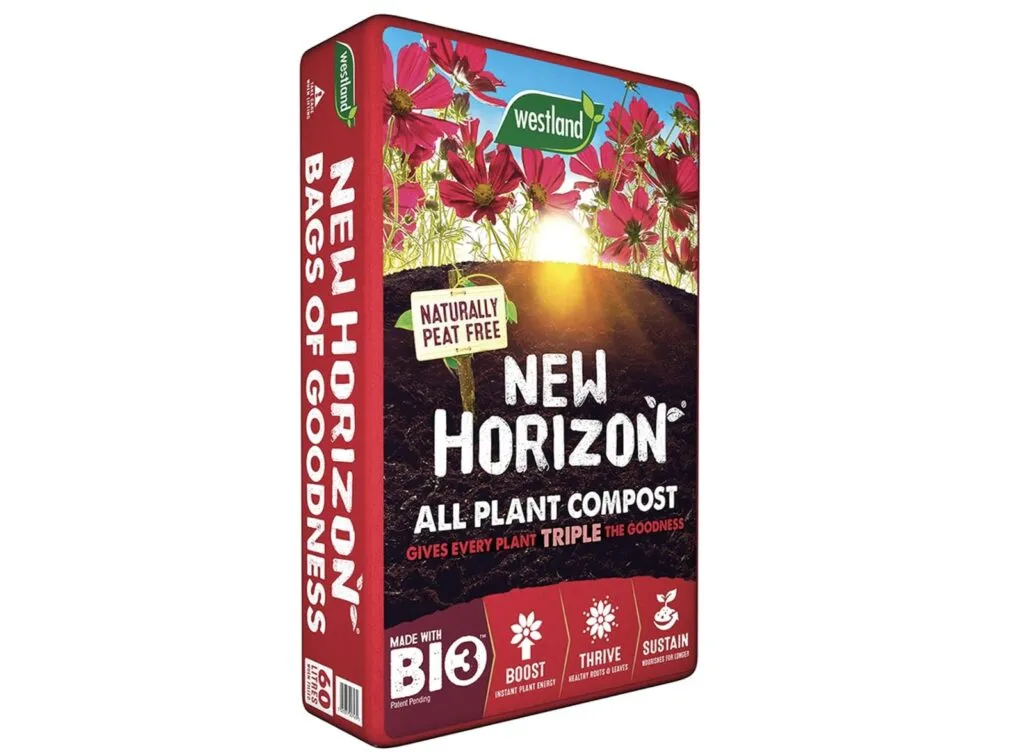
This compost contains coir, or coconut husk, which is how it retains moisture. However, coir itself is pretty low in nutrients, so that's where the wood pulp and other plant matter come in to create this medium-strength compost.
When growing vegetables with this compost, I always advise a liquid feed after the first month or so. The packaging of New Horizon compost claims that it feeds for up to 6 weeks, but in my experience, this is usually around 4 weeks before you need to supplement with other plant feeds. I opt for either homemade comfrey tea or chicken manure pellets to keep things organic and natural.
Mushroom compost, a nutrient-rich and versatile growing medium, is a byproduct of the mushroom cultivation process. This peat-free compost is relatively low in nutrients but is an excellent lightweight growing medium. It helps open the soil and improves it, especially before laying a new lawn on poor 'new build' ground. The one thing to check, though, is that it's 'peat-free' mushroom compost, as some types still use small amounts of peat during the second curing phase.
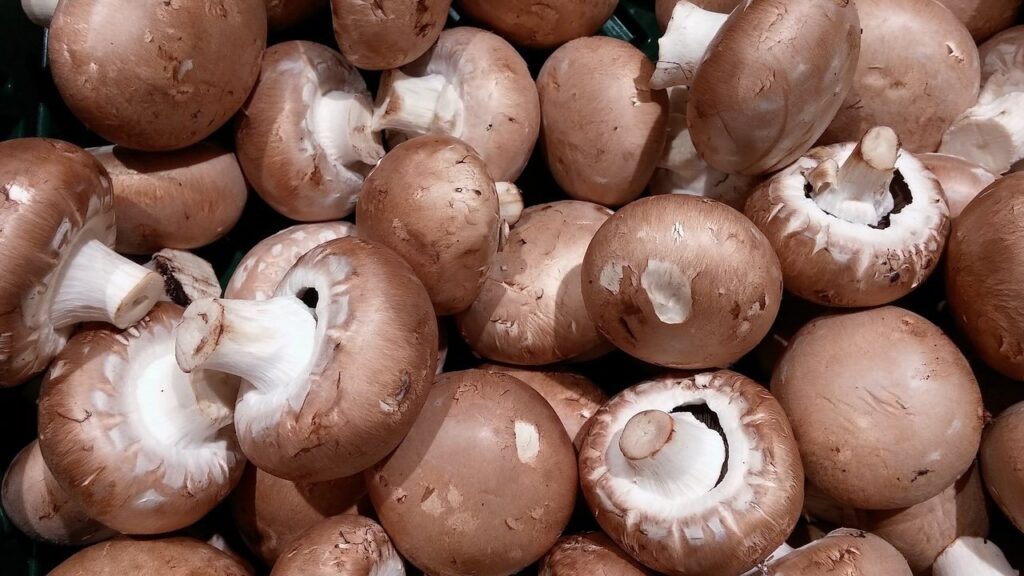
Mushroom compost production uses a multi-phase, organic recycling process from mushroom growing. It typically begins with a blend of organic materials, including agricultural waste such as straw, hay, corn cobs, and supplements like poultry litter (chicken poo and straw) and gypsum. This mixture serves as the substrate for growing mushrooms. During this initial phase, this blend undergoes a pasteurization process to eliminate harmful pathogens and unwanted organisms, creating a hospitable environment for mushroom mycelium to colonize.
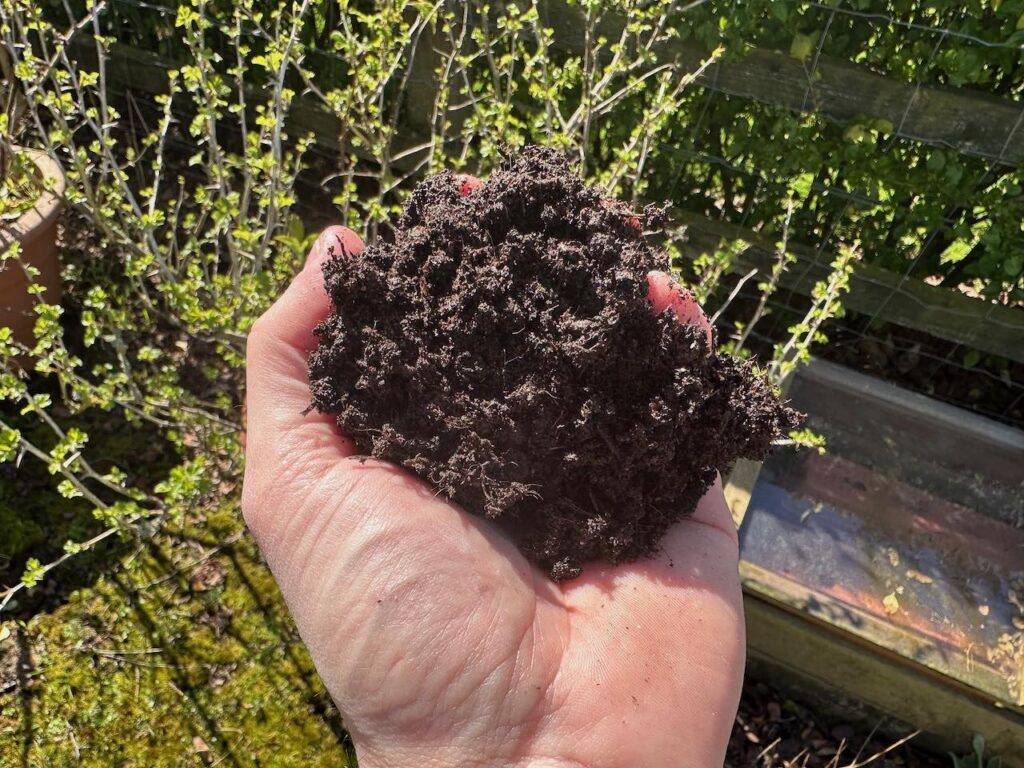
After the mushroom crop has been harvested, the 'spent substrate' is further processed through a composting phase. This involves adding additional organic materials, such as coir and allows the compost to undergo a curing process. As the compost matures, it becomes a nutrient-dense, well-structured growing medium suitable for various horticultural applications. Mushroom compost is usually far cheaper than buying compost, as you can buy it in bulk bags.
Horse manure is another, maybe surprising, peat-free growing medium for gardeners. Well-rotted horse or farmyard manure (stuff that smells earthy but not too stringent to the nose) that has been allotted to rot and break down for at least 6 months is a great compost and soil improver in the garden.
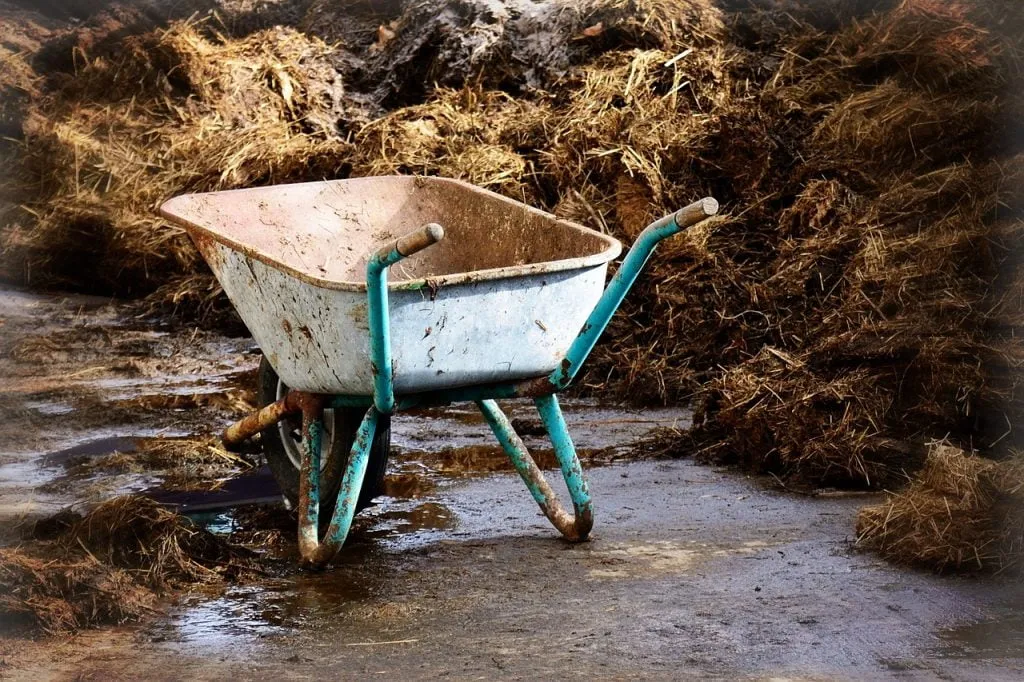
This farmyard waste product is super high in nutrients. If you wondered why it's not further up the list, it's because it can be quite tricky for beginner gardeners to work with. If used with seedlings, it usually burns them, and they fail to germinate, so it's not advisable to use horse manure when growing from seed.
However, horse manure is great for established garden borders, roses, vegetable gardens and allotments, as its high nutritional content feeds plants for around 6 months. It also helps open up the soil as it's full of bacteria and enzymes. I never dig in horse manure but rather use it as a top dressing on garden borders and raised beds. Let the bacteria and earthworms draw it down into the soil to feed your plants.
Did you know that you can take my course and learn how to become a Garden Ninja yourself? Click here for details
Leaf mould, sometimes spelt mold, compost is another homemade peat-free alternative. Leaf mould is a delicate bacteria-rich soil improver that is fantastic for seedlings or soil improvement. The best thing about leaf mould is you can make it for free from the fallen leaves in your garden during autumn time. This wonder mix is a great way to add moisture-retentive properties to heavier soils.
The reason why leaf mould only received 5/10 is that it's not very high in nutrients. This is why it is excellent for seedlings which don't need huge amounts of plant feed. Also, it's better when mixed with another growing medium like horse manure or homemade compost as on its own, it is too light to provide substantial anchorage for plants to root in. Given the fact it's free to make (you can read my guide here), it's one to add to your compost list.
Coir compost is an easy-to-use, peat-free alternative that's great for beginner gardeners or anyone growing from seed. Coir compost comes from the husks of coconuts and is a byproduct. This growing media is textured and feels slightly rough to the touch. Coir is lightweight and retains a good amount of moisture. It's easy to work with and very uniform in its structure.
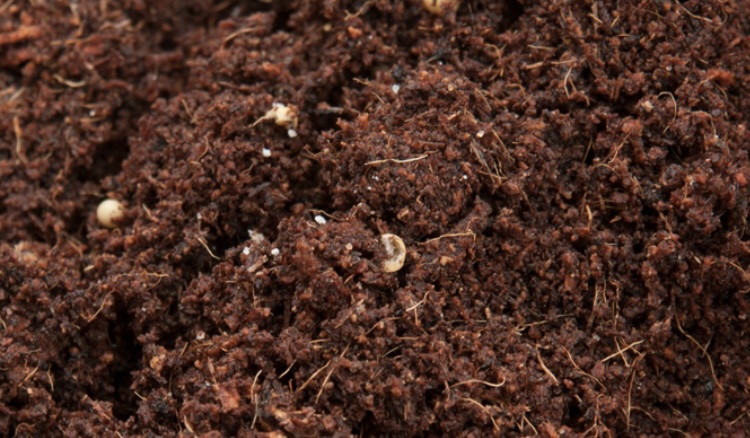
The biggest drawbacks with coir composts are the air miles it takes to get the raw material. Most of the coconuts used are imported as they will only grow in hot temperate climates, and certainly not here in the UK. The second is the level of nutrition, which is what I'd call negligible. This is why it is great for seedlings that need very little nutrition, as the seed itself has all the food it needs to germinate; the growing material is there as an anchor for roots and to provide the seed with moisture to start the germination process.
For fruit and vegetables, coir will need an additional plant fertilizer immediately as it struggles to feed plants on its own. It is, however, a great base in which you can tweak and add additional homemade compost or well-rotted manure.
Alongside my top six peat-free composts, there are a plethora of other mixes of different organic blended composts that you can buy in the garden centre. The good news is that each month, more and more are being developed due to customer demand reducing the need or consumer appetite for peat compost.
However, with all these new peat-free composts, it can be a bit confusing for beginner gardeners to understand exactly what is in these composts. That's why it's so important to always read the back of the compost bag or details listed on websites supplying compost so you can see what's inside the peat-free blend you're buying. I'm going to give some brief details of the other ingredients often found in compost blends to assist.
Blended peat-free composts may contain the following:
Ever wondered what happens to all that garden waste that local councils collect for recycling? Well, it's green waste compost. Composts made from recycled green waste, such as garden trimmings and plant material, are commonly used as peat alternatives. These composts are rich in organic matter and nutrients.
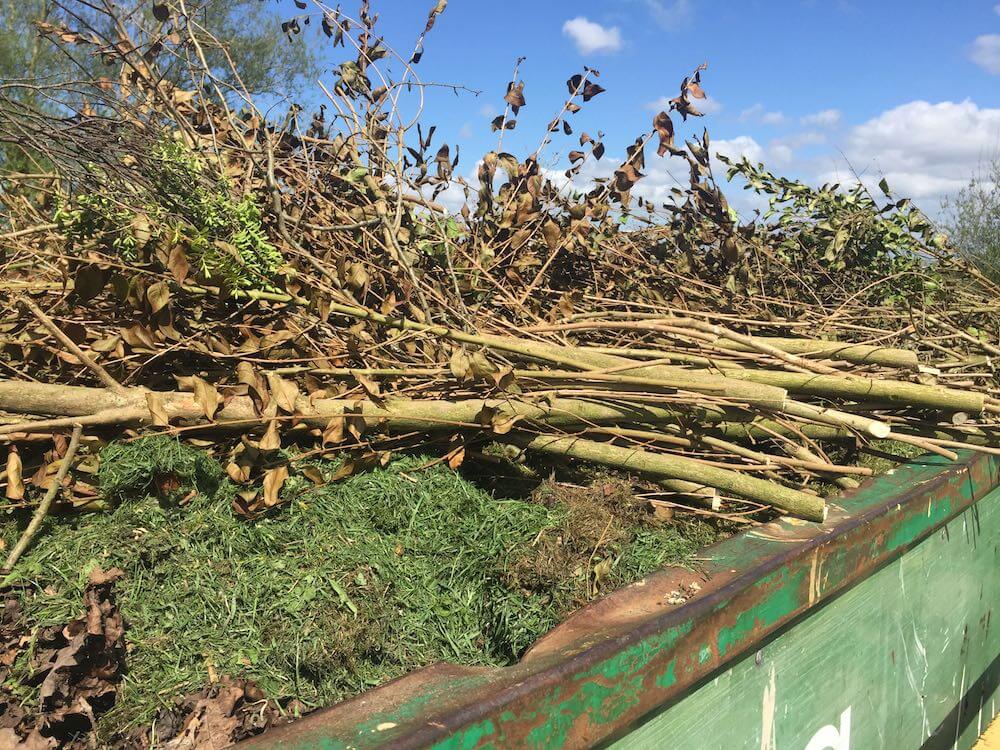
Composts that use bark as a base material can provide good drainage and aeration. The bark is often combined with other organic materials to create a balanced growing medium. Again, this compost type uses tree surgeons' cuttings that are then passed down the recycling chain to compost manufacturers. (Take note, though, that bark and wood-based composts can rob nitrogen from your soil as they break down).
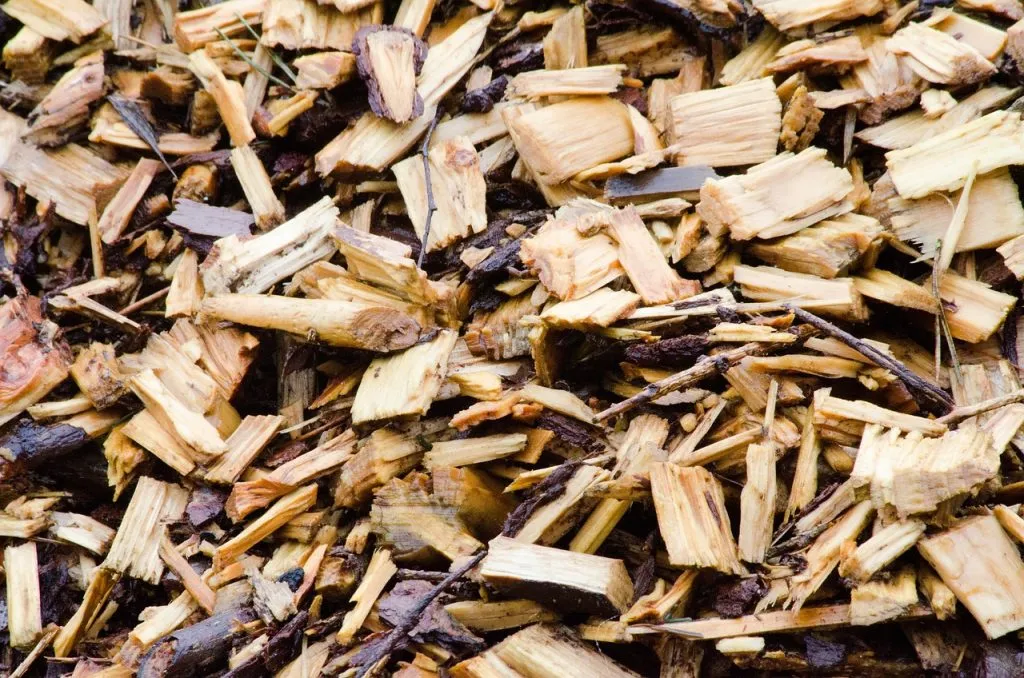
Composts incorporating straw are another peat-free option. Straw provides structure to the compost and can help with moisture retention. But there is a hidden issue with straw, especially in horse manure, which is a concern, and that's aminopyralid.
Aminopyralid / Pyralid is a broad-leaf herbicide that targets weeds (like thistles and brambles) but leaves grasses alone. This takes years to break down and can live on in the soil for a long period. Straw-based composts have been found to contain it, so when you apply it to your gardens, you inadvertently add herbicides, which can then kill the very plants you're trying to feed!
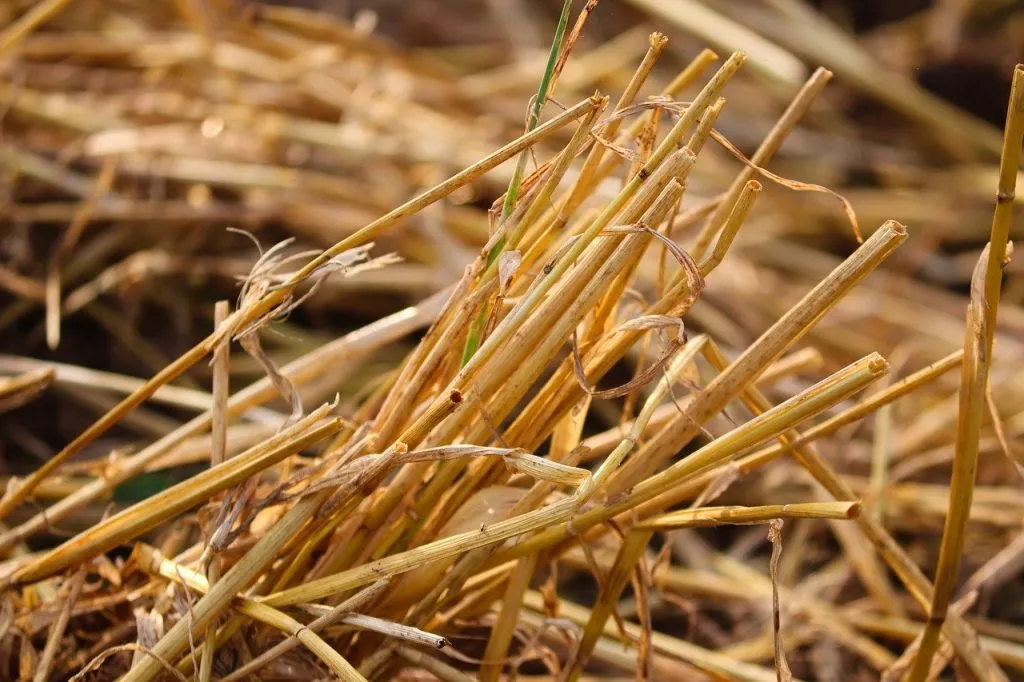
When buying peat-free compost, it is also helpful to check what accreditations the supplier has. These give assurances and indications to ensure your peat-free compost really is what it says it is! You'd be amazed at what you can uncover by looking at the details, such as synthetic fertilizers that have been added afterwards. I always recommend checking the details on the back of the compost bag. Make sure you look out for the following:
After detailing the environmental issues associated with digging up peat, you may be wondering why garden centres, plant growers and other horticultural businesses haven't jumped straight to peat-free composts for their supply chains. In 2023, many of them will still use peat and haven't opted for alternatives to move away from this damaging growing media. You may initially think this is just certain businesses being stubborn or lazy when it comes to choosing the right growing medium for plants, but it is not that simplistic.
While smaller independent nurseries have been quick to adopt changes, the larger goliaths of horticulture have not. It's important to see the full picture of why changes in UK horticulture to ban peat has been slow and fragmented so far.
The demand for peat-free alternatives has been growing steadily as consumers become more aware of the damages of peat, but there are challenges in ensuring a consistent and sufficient supply of peat-free products.
The horticultural industry is deeply embedded in traditional practices, and shifting the entire supply chain requires time and investment. Whilst it may be easy for us gardeners to simply switch from one compost type to another, the implications for us are small if they don't work as well or our plants fail to grow as expected. Imagine that you've got hundreds of thousands of plants to grow and millions spent on seeds, growing media, staff, manufacturing and marketing. Switching to an entirely new growing material could be incredibly risky for their bottom line. So they all wait for one of the other big corporations to do it first and make their mistakes.
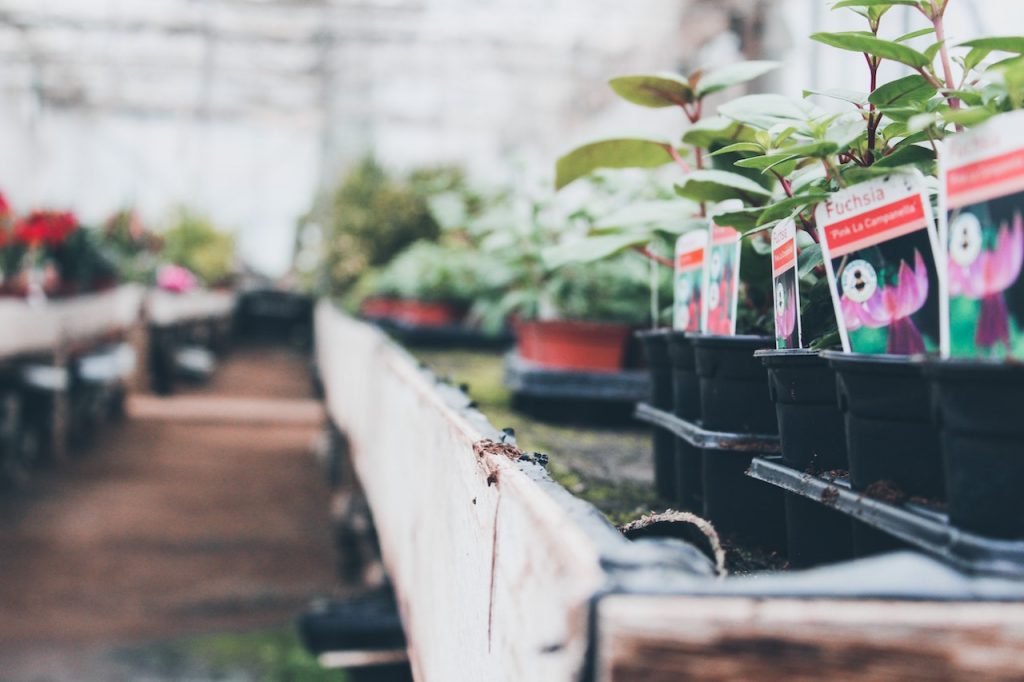
The UK ornamental plants (plants bought from garden centres and nurseries) were worth £1.5 billion in 2022. So switching to a new compost type has significant risks for their return on investment if the plants fail to grow to standards expected in garden centres and by consumers.
Peat has traditionally been a low-cost growing medium. Transitioning to peat-free alternatives would incur additional costs that horticulture suppliers are not willing to accept or pass on to the consumer. Some growers may be hesitant to make this switch without financial incentives or support. The creation of peat-free blends takes considerably more money to create as you're using more diverse materials from different parts of the world. Peat is farmed from one spot. Blended composts using green manures, coir and bark will all need to be shipped to one location and then blended. Hence the rise in costs for peat-free composts is a real sticking point for the horticultural industry.
If you're reading this article you're already one of the valued ethical considerate gardeners. But most consumers, have no idea what the concern with peat is. There's a need for increased education and awareness among both growers and consumers about the benefits of peat-free alternatives. Many individuals may not be familiar with the environmental impact of peat extraction, and efforts to raise awareness are ongoing. If you know of any of these gardeners, do make sure you share this post to help inform them!
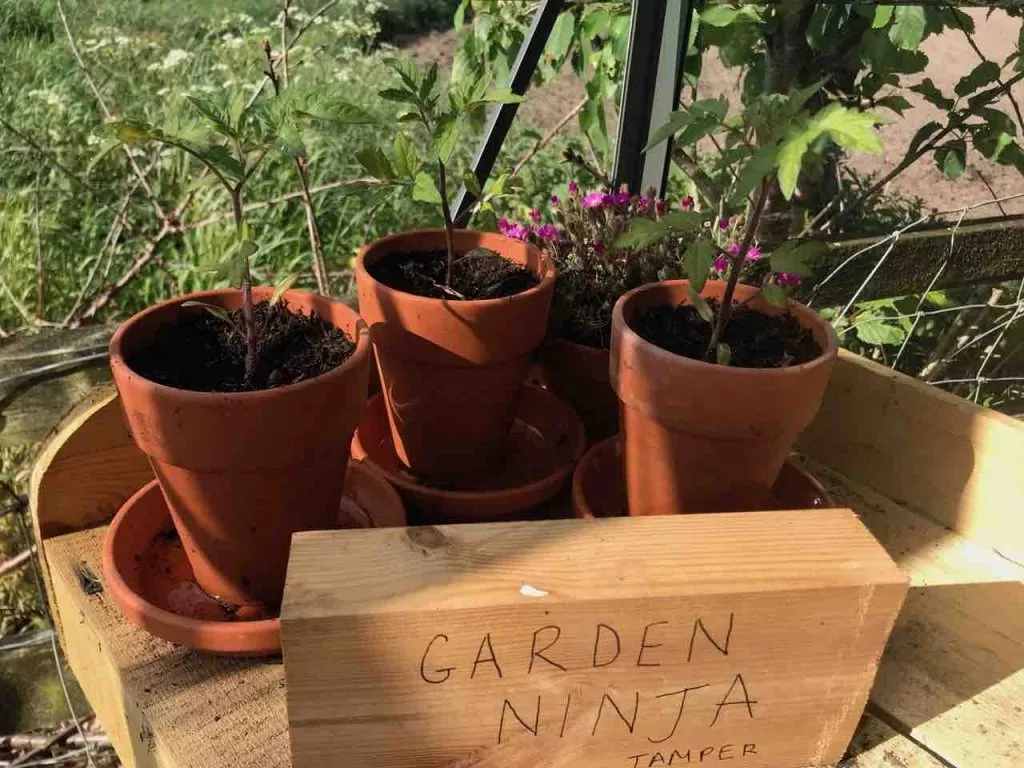
While there have been discussions about regulating and reducing peat use, the absence of strict regulations or penalties for using peat in horticulture has slowed progress. Clearer guidelines and regulations could incentivize the adoption of peat-free practices, but they are at best murky at the moment. In the UK, there was a bill set by Defra (Department for Environment Food and Rural Affairs) to be passed to ban the sale of peat from 2024, which seemed like a positive step forward for the industry. Sadly, in 2023, this has been pushed further back to 2030 due to nervousness and a government not willing to support the switch to greener alternatives.
Government policies and financial incentives can significantly influence the adoption of peat-free practices. Increased support, subsidies, or penalties for the use of peat may expedite the transition. With very little funding to help growers switch over, it is a thorny issue here in the UK, with only a limited number of smaller growers switching to peat-free. Government support to go peat-free has been lacklustre at best, especially as DEFRA has pushed back the ban on peat now indefinitely.
Some growers may be hesitant to switch to peat-free alternatives due to concerns about the consistency and performance of these substitutes compared to peat. Ensuring that peat-free alternatives deliver comparable results is crucial for widespread adoption. In addition to the consistency, there's also the issue of plant imports.
What most gardeners don't realise is that a number of our 'nursery grown plants', in particular annual bedding plants, are not grown from seed here in the UK but imported in as plug plants, grown in peat, before being potted on and sold. This means that without the rest of Europe and the supply chain becoming peat-free, there will always be a use of this material in the growing cycle.
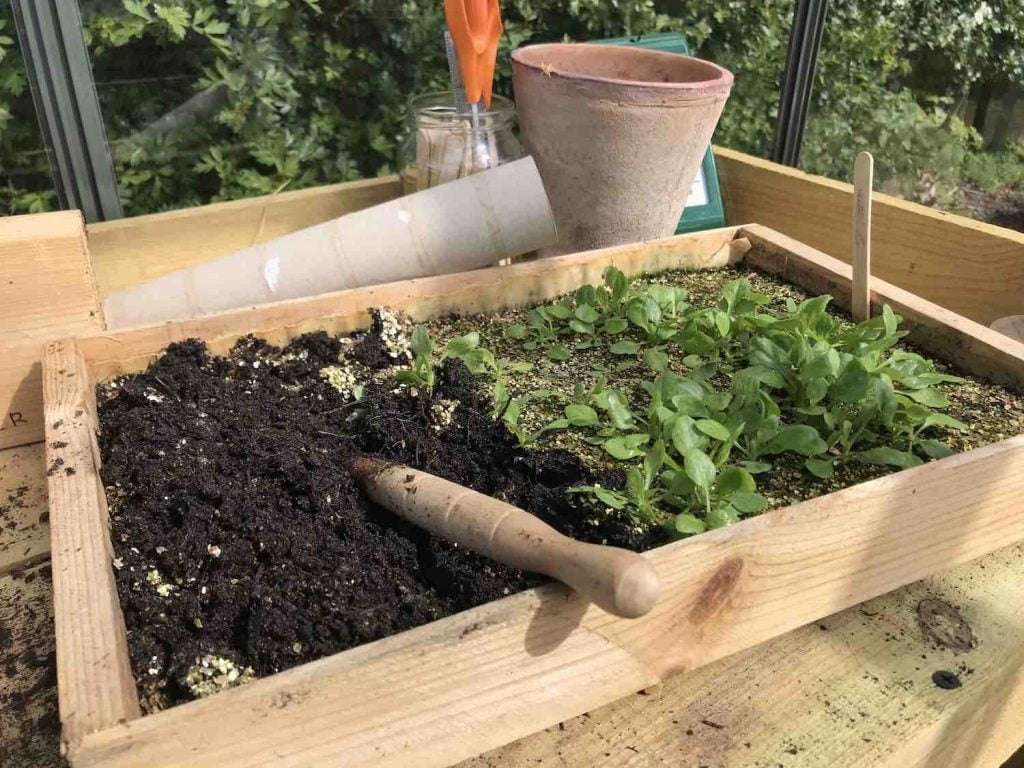
Whilst there are plenty of peat-free alternatives out there to both grow plants from seed or for growing house plants, there are some drawbacks. This is why those who still champion the extraction and use of peat (I'm looking at your old allotment gardeners) claim it can't be beaten even if the environmental considerations far outweigh the benefits). No product is ever perfect, and yes, there are considerations you need to be aware of when switching to peat. I hope by now, though, you can see why a few small tweaks from us gardeners can save us from destroying our wildlife habitats.
The niggles you may experience with peat-free compost can be easily overcome, though, with a few tweaks. Let's review the drawbacks so you can put measures in place to counteract them!
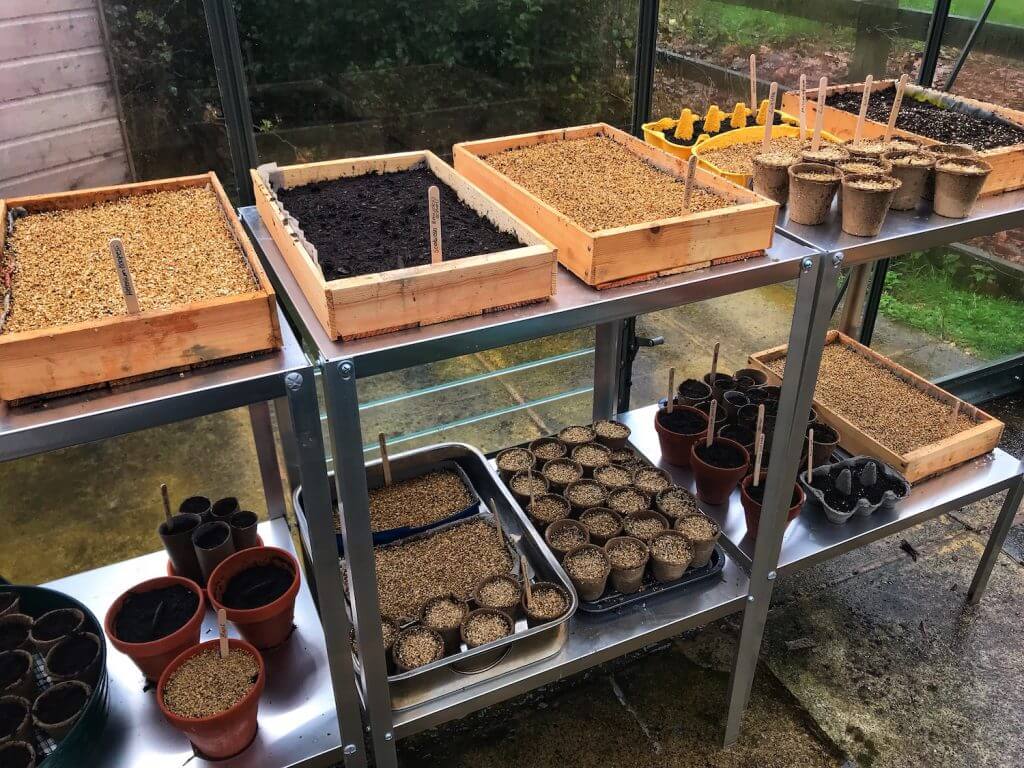
Banning peat in gardening practices is a crucial step in promoting environmental conservation. Gardening allows us to connect with nature profoundly. Whether watching our plants grow or observing the changes in seasons, we can see how our efforts can result in huge beneficial changes in our back garden ecosystems. By moving away from the reliance on peat, we are helping redress this balance and become better gardeners in the process. I hope that this deep dive into the world of peat will help you change your mind and move away from such destructive practices.
Are you a peat-free compost convert? Why not let me know by leaving a comment below or getting in touch with Garden Ninja on Social media Tweet, Facebook or Instagram me.
You can also follow me on YouTube where I’ve got plenty of garden guide vlogs to help you make your garden awesome! Happy Gardening.



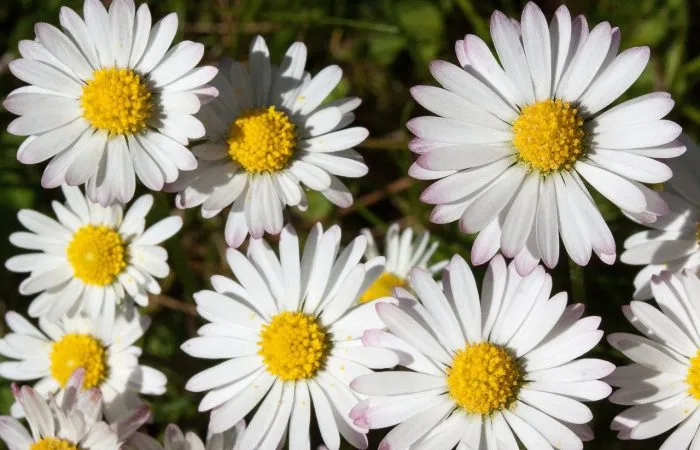
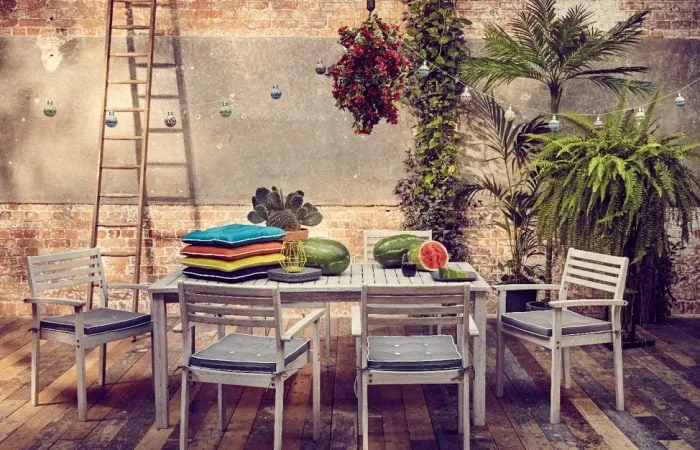
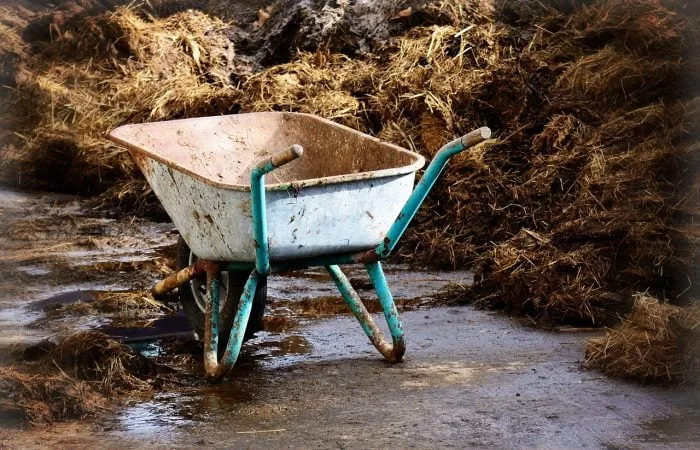
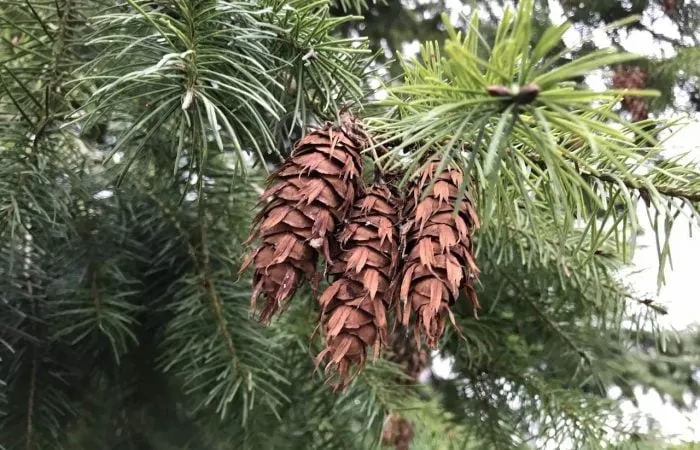
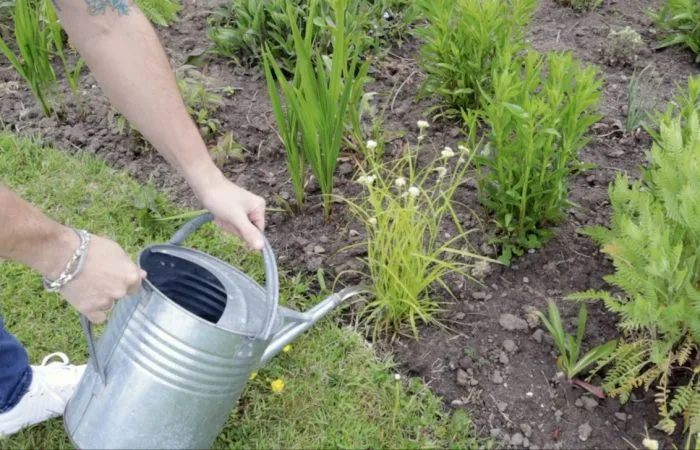


JOIN THE NINJAS
Join our Ninja community for extra guides & Discount Codes for Online Garden Courses!